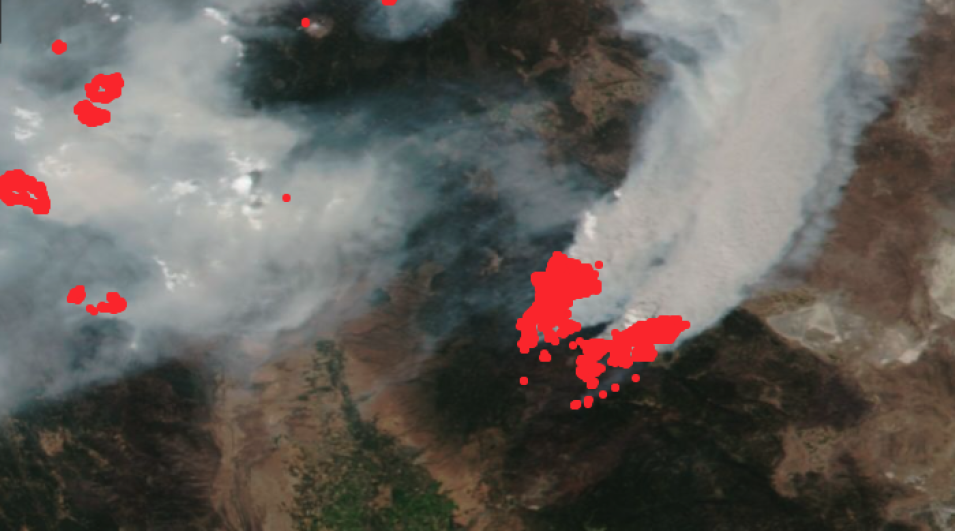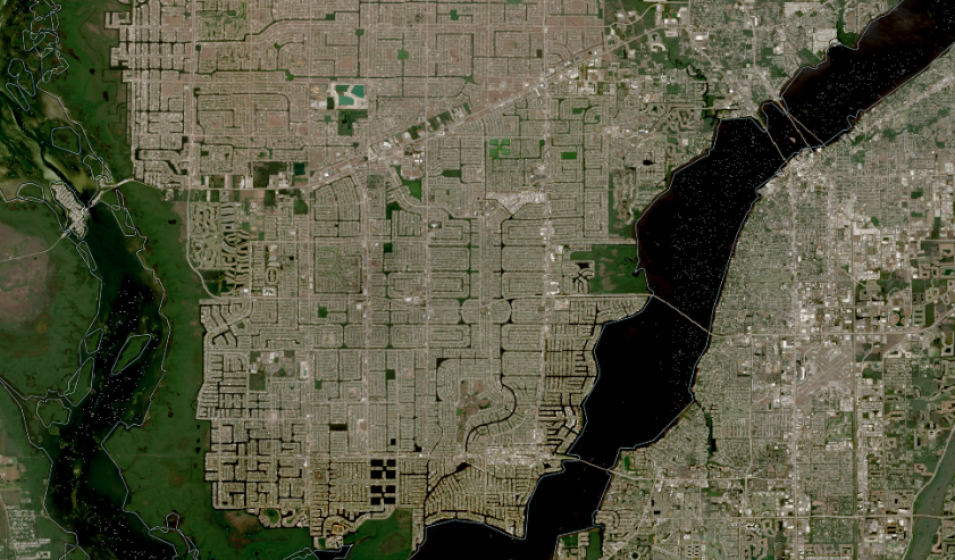- Hunga-Tonga Hunga Ha'apai Volcano
- Dixie Fire, California 2021
- Typhoon In-Fa Over Eastern China
- Cape Coral, Florida
- Sea Surface Temperature: North and South America
- Learning Resources
- Getting Started with NASA Worldview Tutorial (December 2021)
Hunga-Tonga Hunga Ha'apai Volcano
On January 15, 2022, the sub-marine Hunga Tonga-Hunga Ha’apai volcano in the South Pacific erupted with such force that it caused a tsunami that spread across the Pacific Ocean! This GeoColor data animation derived from the GOES-West satellite’s Advanced Baseline Imager (ABI) shows the explosive eruption and ash cloud of the Hunga Tonga-Hunga Ha'apai volcano on January 15, 2022 between 04:00 - 05:20 UTC/17:00 - 18:20 Tonga Time.




